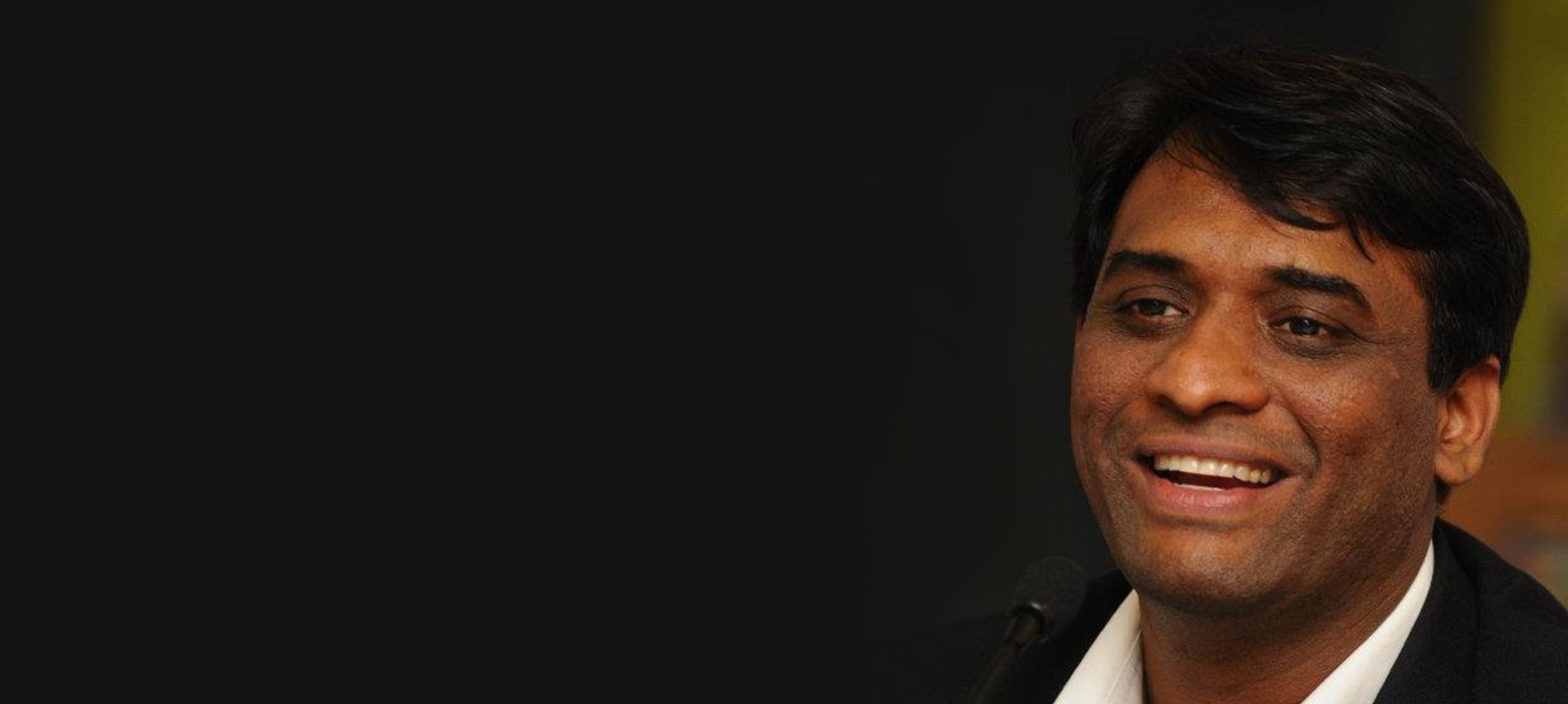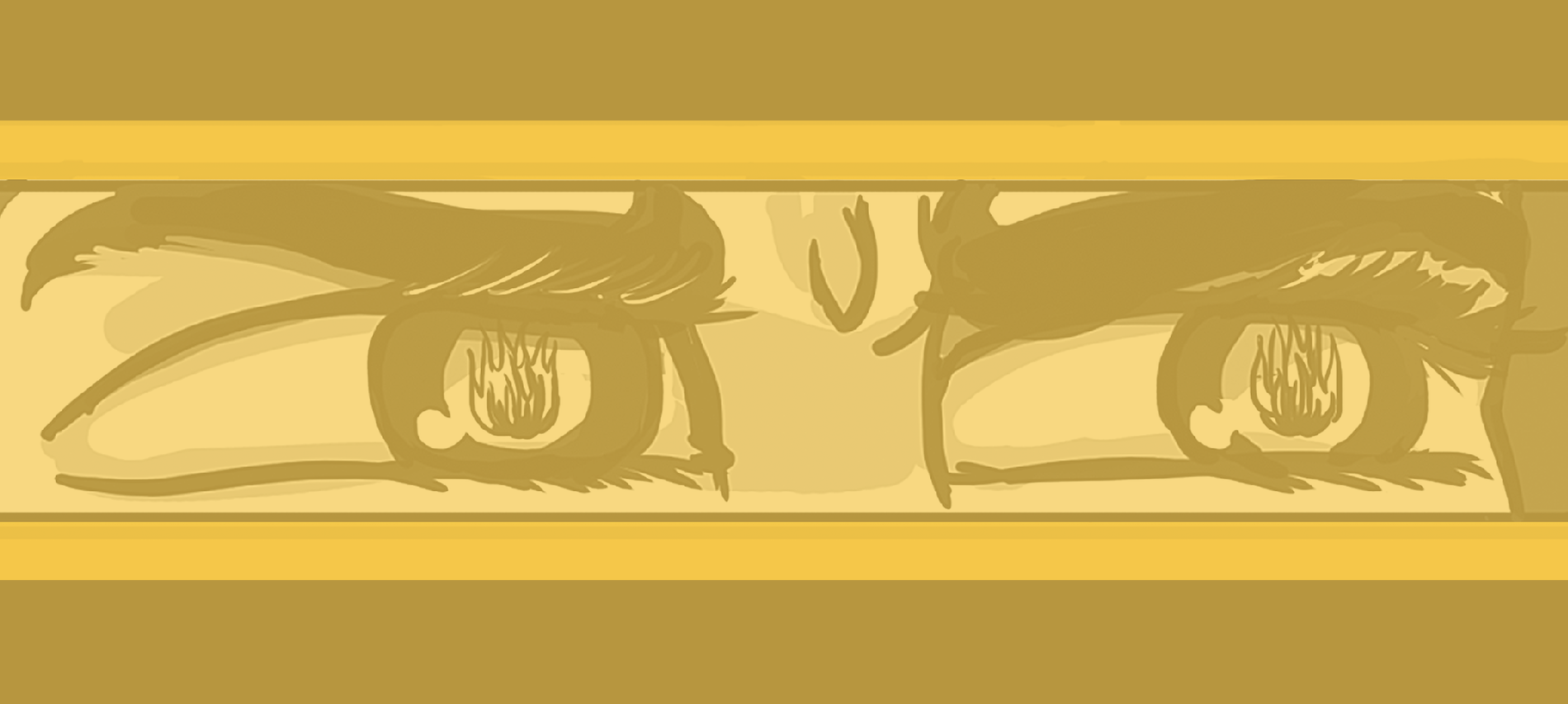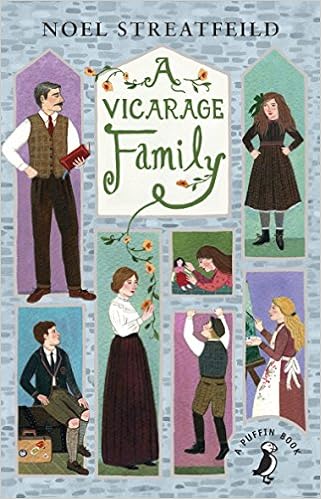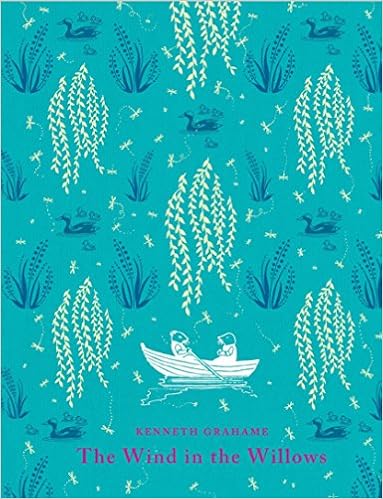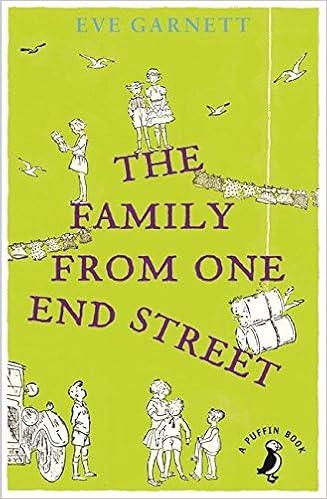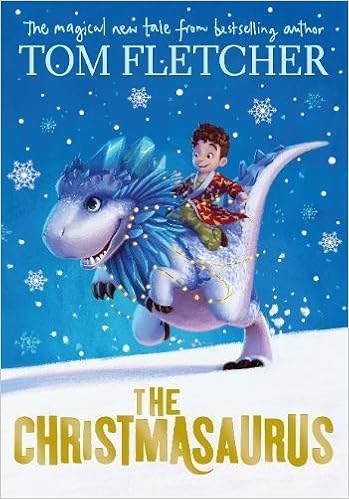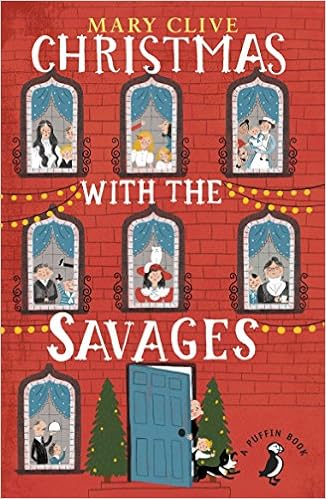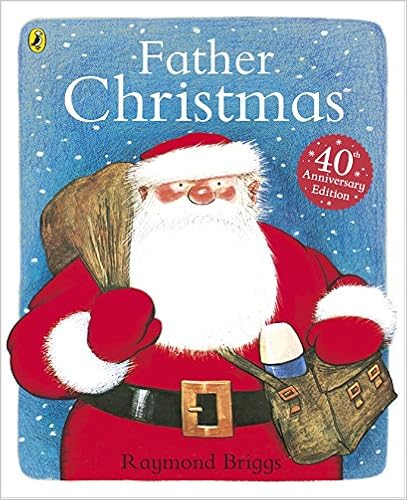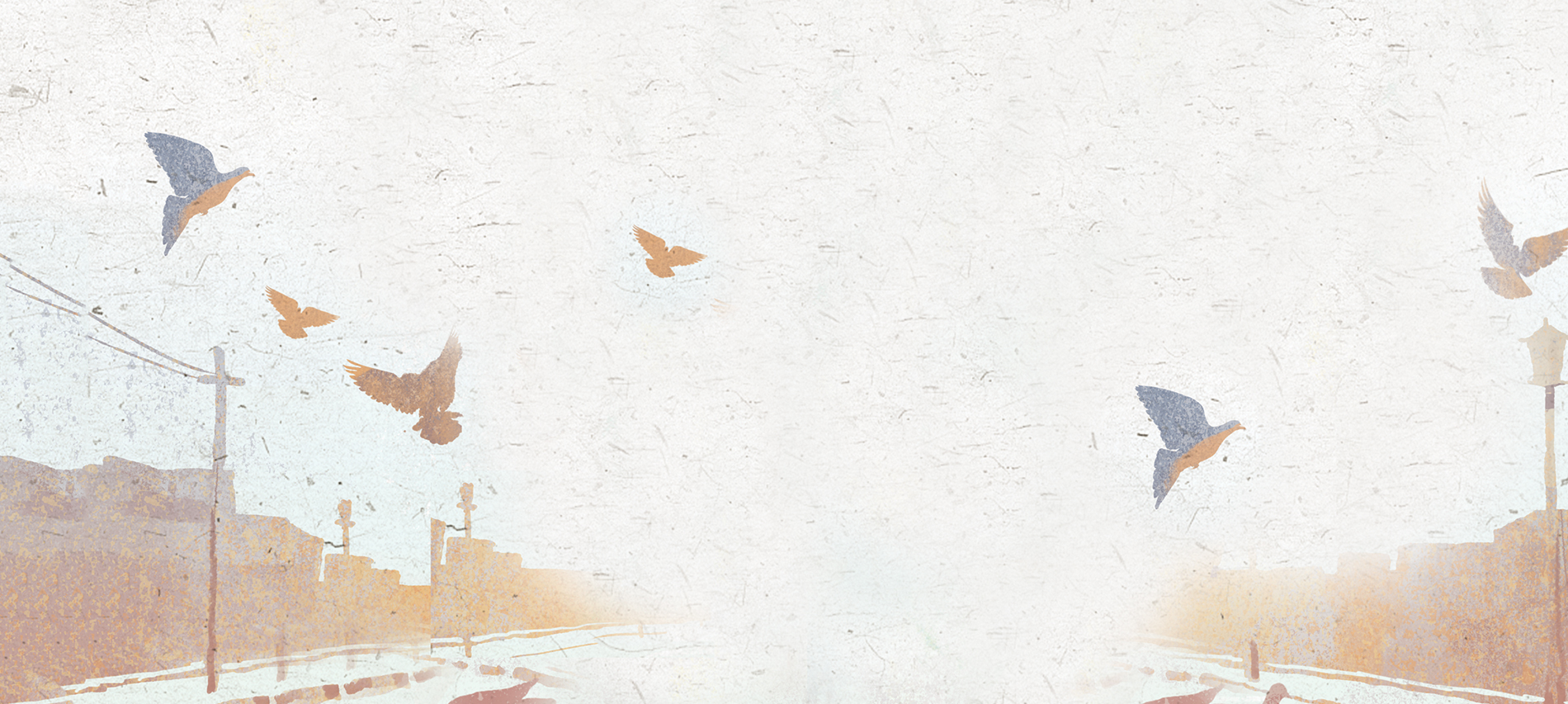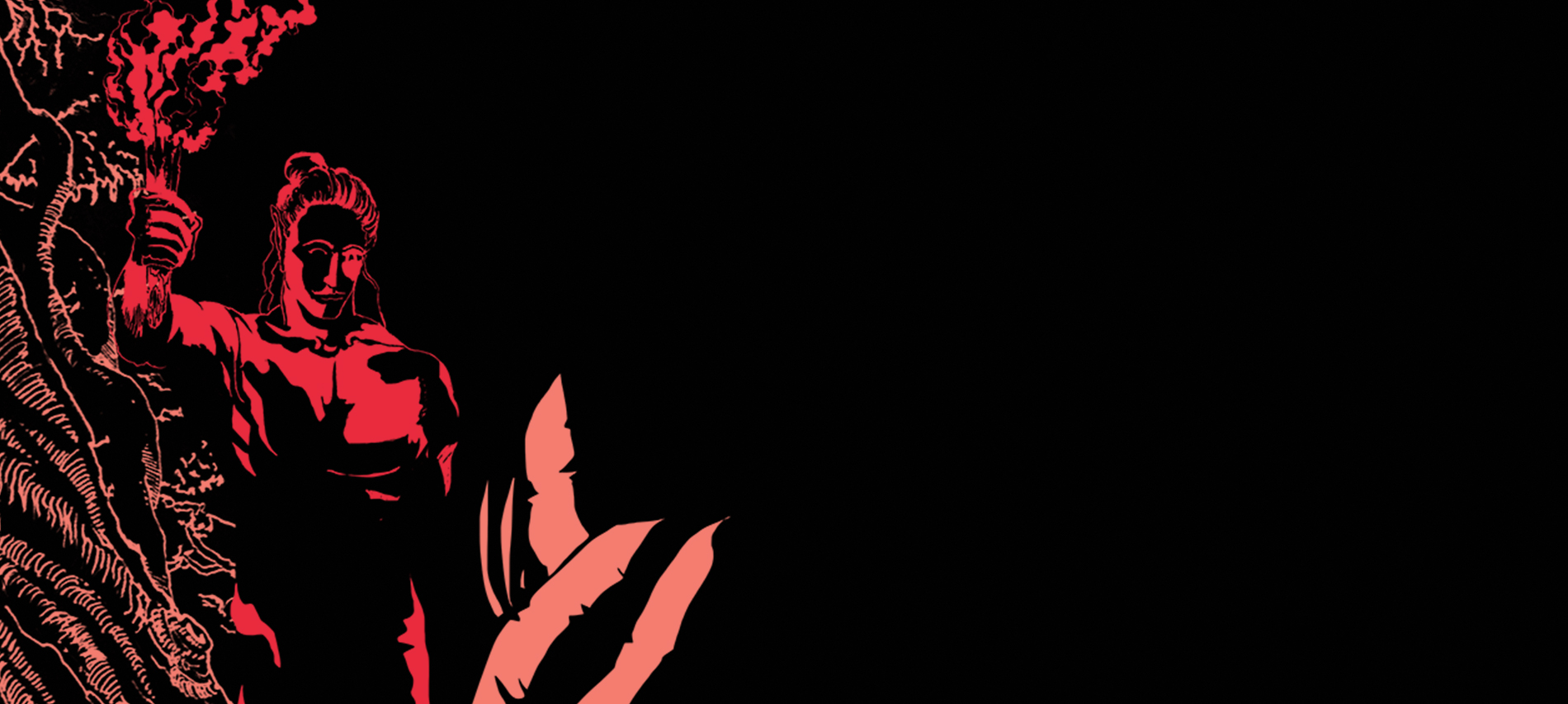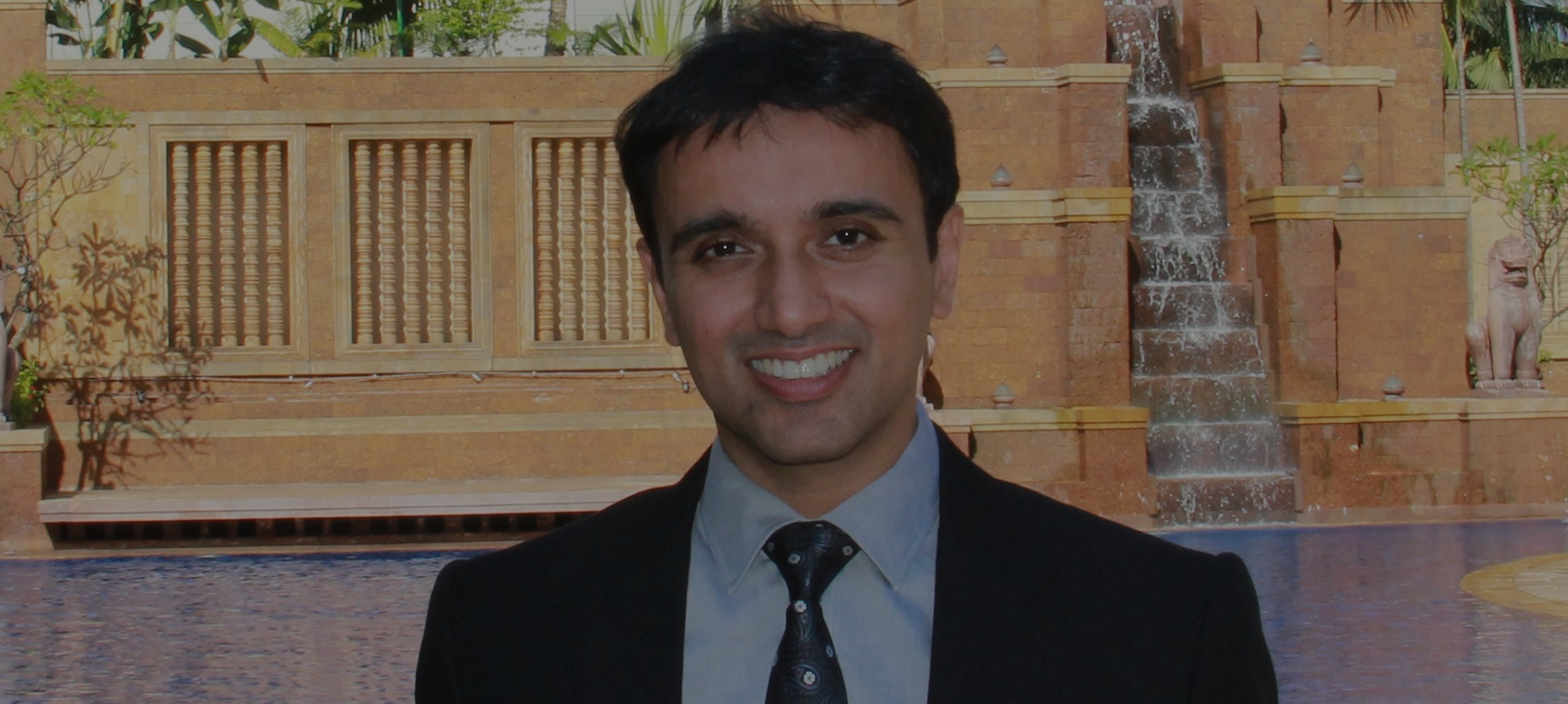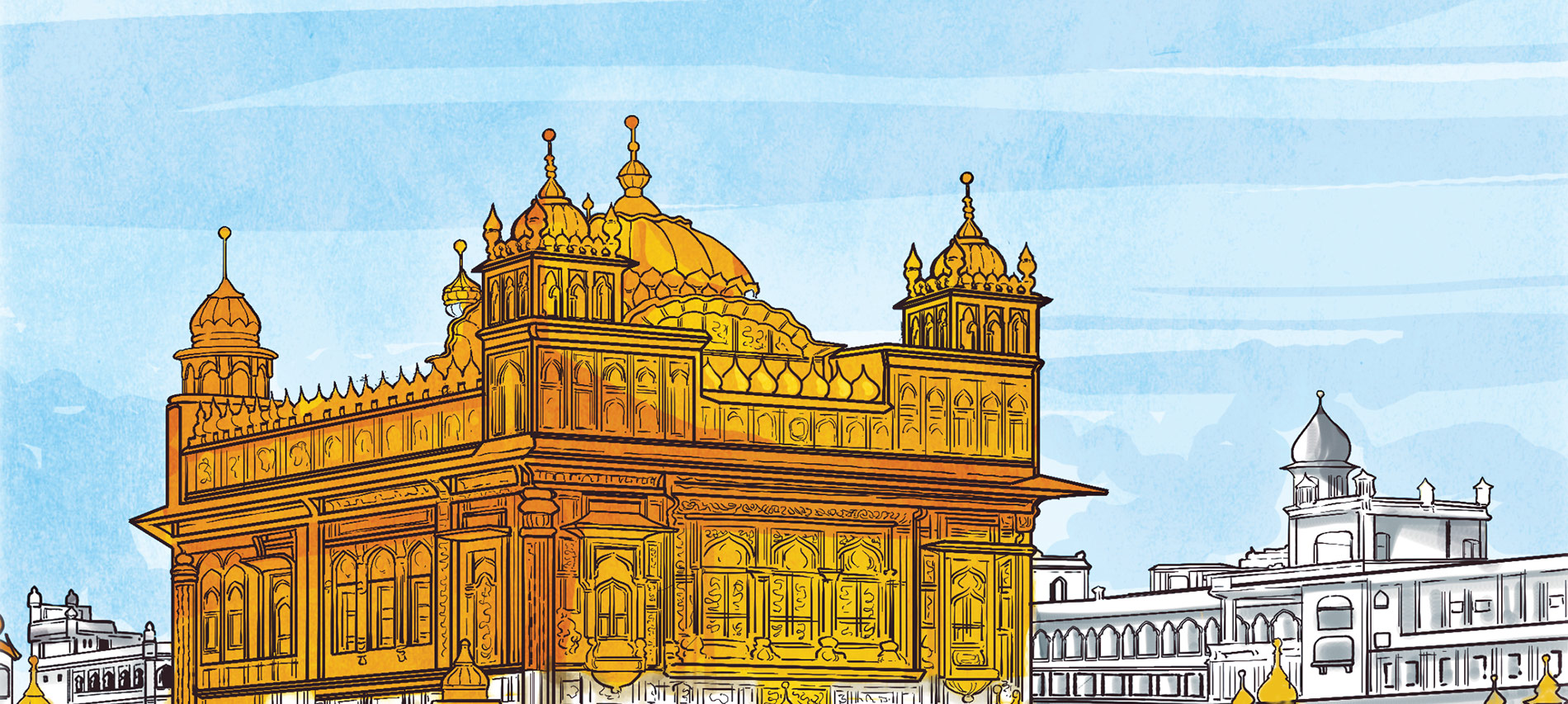From Corporate Chanakya to Chatur Chanakya, what inspired this transition in writing for a different audience?
It was a new dimension for me. Even though the common connect between Corporate Chanakya and Chatur Chanakya is the same – Chanakya, it is very differently presented. Corporate Chanakya was meant as a management book especially for those who are in management and leadership positions. The audience was educated and already decision makers. While Chatur Chanakya was a different aspect. Reaching out to children who are 10 years old. The challenge was to make the profound knowledge of Chanakya from the Arthashastra, to be presented in a simple format. When the puffin team approached me with this concept to write for kids, it was a challenge. But I got inspired to try a new way of writing. And thanks – the book has really come out well. Much better than what was expected.
Is the character of young Chatur inspired by anyone from your life?
Yes and No. Chatur Chanakya is an imaginary character. Just like Superman, Batman and Chota Bheem. These characters are imaginary but have a message to give to kids. Through Chatur Chanakya we are going to bring out the best of wisdom of Chanakya (who lived nearly 2400 years ago) and his Kautilya’s Arthashastra. He was a leadership guru and a king maker. Chatur Chanakya will teach children how to think and become a leader. The other children in the book are inspired by real children. Arjun is the name of my son, who is the friend of Chatur Chanakya. Lakshmi is inspired by my daughter (her real name is Aanvikshiki). While Datta, Aditya and Milee are their friends. All of them become part of the book.
What is so special about Chatur and why should children befriend him?
Though a comic character. He is very real. Because he is a school going kid like any child of our generation. He has all the challenges that is faced by kids today. Be it bullying in schools, exam fever, being compared to other kids (even parents do that). So any one can associate with Chatur Chanakya. He is cute and nice. But he is also a fiend, philosopher and guide to his other classmates and friends. He is your friendly neighbour and ‘best friend’. He has got a choti on his head and a trick up his sleeve. You will love him. Not only children, but parents, grandparents and even teachers in schools will love Chatur Chanakya. He is what everyone wants in an ideal child – Intelligent and dynamic.
Tell us that one thing in Chatur Chanakya and the Himalayan Problem that one should look out for.
How to think out of the box. Chatur Chanakya faces a huge problem. Himalaya is a class mate of his, who is huge and bullies everyone. While Chatur Chanakya is not physically as strong Himalaya, he uses his intelligence to defeat Himalaya. So through this book we are giving a message to children, teachers and parents that – If you are mentally strong you can defeat any Himalayan (huge) problem.
Revisit school and relive all the memories with your little one in Radhakrishnan Pillai’s Chatur Chanakya and the Himalayan Problem!








